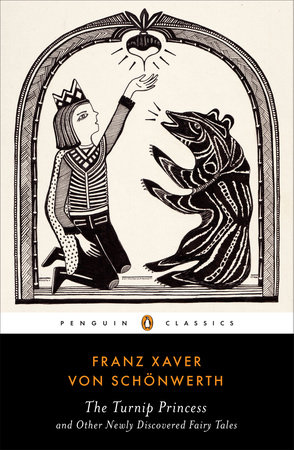Then and Now:
How Fairy Tales Continue to Invite Us to Think Harder and Smarter
by Maria Tatar
Take a story, turn it into something larger than life, add a touch of magic, let it simmer for a few centuries, and presto! You have a fairy tale. With their high coefficients of weirdness, these stories — less about fairies than about monsters and wild things — haunt our collective cultural imagination. At their core, fairy tales are deceptively simple: transparent on the level of plot, but also sophisticated, complex, and full of mystery when it comes to their deeper meaning.
In pre-literate cultures, fairy tales were vehicles for processing trauma, transmitting ancestral wisdom, and debating cultural beliefs, values, and norms. Some of these stories ended not with “happily ever after” but with questions: “Which of these three brothers deserves the princess? The one who rescued her from the woods? The one who breathed life back into her? Or the one who transported her back home?” Or, they challenged listeners to think about ruses and stealth, traps and snares: “How did Jack manage to steal the Giant’s hen that lays golden eggs, his harp that sings, and all those sacks of gold?” Taking up paradoxes and staging contests of brute strength against wits, these dilemma tales and trickster narratives provided food for thought while stirring the soup, repairing tools, or spinning yarn.
More recently, we have been less invested in the complicated enchantments of fairy tales than in their social messaging. Our “Little Red Riding Hood” has become a story about “stranger danger,” plain and simple. “Beauty and the Beast” and “Cinderella” remind us to value inner beauty and character over outward appearance and circumstance. Many of our fairy tale adaptations for children today close with one-liners designed to create moral fables about specific values rather than narratives challenging us to think about how to escape worst-case possible scenarios and to imagine what could be, should be, or might be. “Little Red Riding Hood promised her mother that she would never again stray from the path” is something of a conversation stopper. How much better to explore a story with a girl in red who finds ways to exploit the wolf’s weaknesses and outsmart him.
[RELATED: Brightly’s Guide to Reading Fairy Tales with Kids]
Yet it seems many modern fairy tales prefer to convey through stories the perils of straying from a fixed path, literally and figuratively, even as we live in a culture that encourages us all to color outside the lines, think outside the box, and take risks. Philip Pullman, a writer committed to the power of fantasy worlds and fairy tales, tells us that a good story should never have designs on readers: “‘Thou shalt not’ might reach the head, but it takes ‘Once upon a time’ to reach the heart.” Fairy tales should start conversations, not end them. They should make us think more and think harder about the premises that led us to pay attention to them in the first place.
Now, after the great migration of oral storytelling practices from the communal hearth to the nursery, when folklore and myth have been repurposed as bedtime reading, fairy tales are beginning to captivate us anew. Multi-generational, as well as multicultural, fairy tales get us talking in the same ways that headlines do their cultural work today. “We need stories in order to live,” Joan Didion tells us, but we also need them to imagine perils and possibilities and to become dreamers and inventors, philosophers and poets, and, yes, engineers and innovators as well.
And so it becomes all the more logical that Einstein, in several reported conversations that may be apocryphal but that ring true nonetheless, told parents: “If you want your children to be intelligent, read them fairy tales. If you want them to be very intelligent, read them more fairy tales.”
-
Books by the Author:
-


